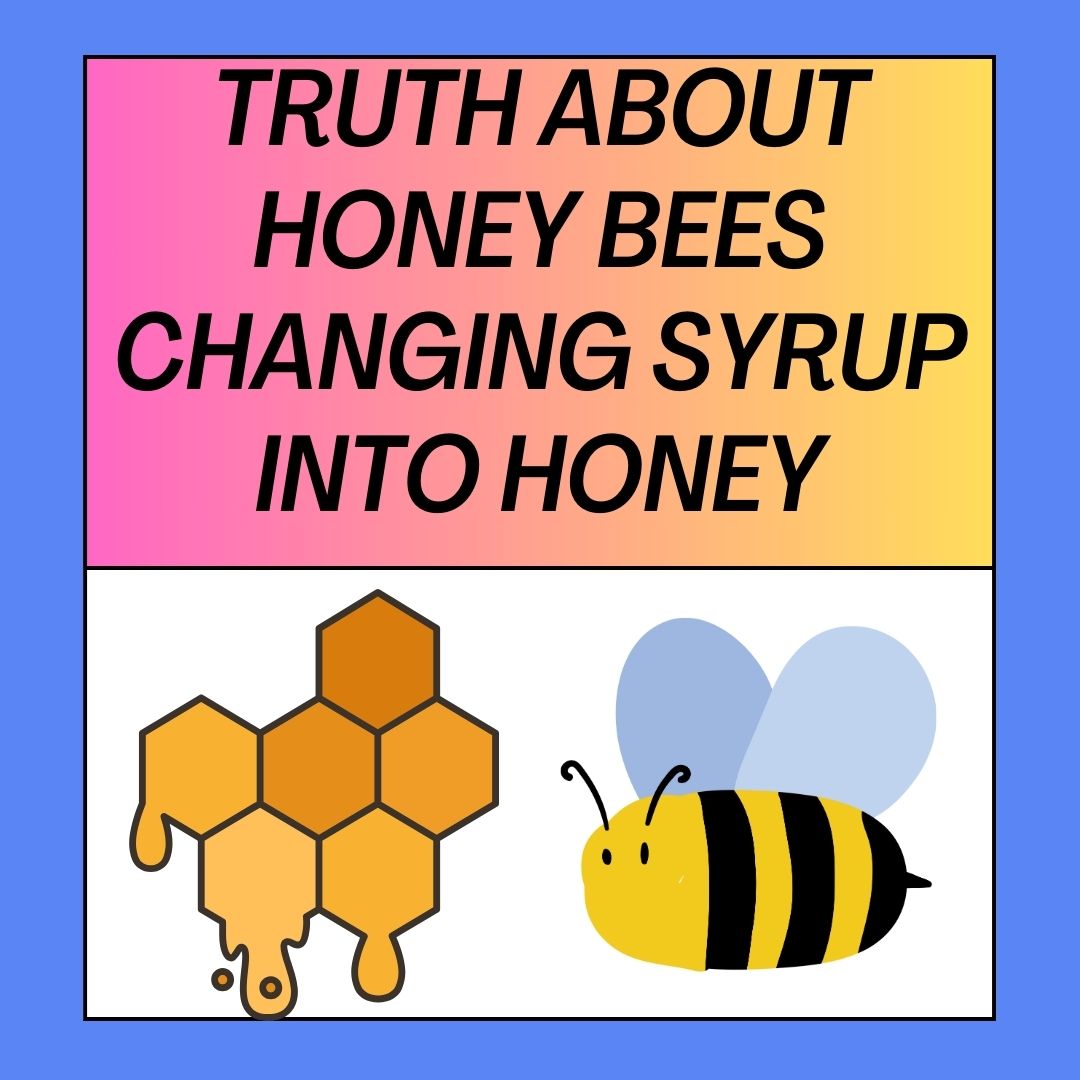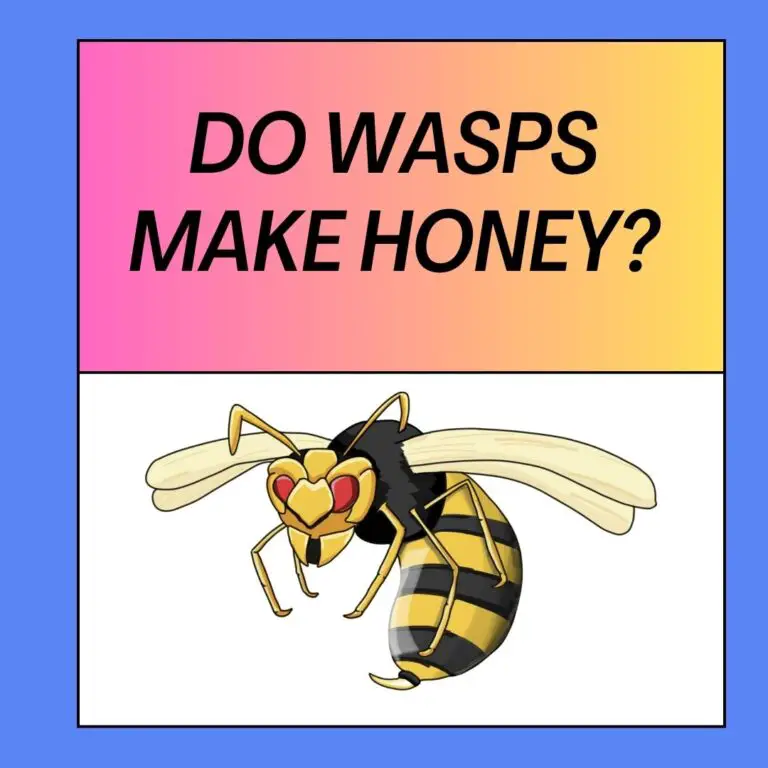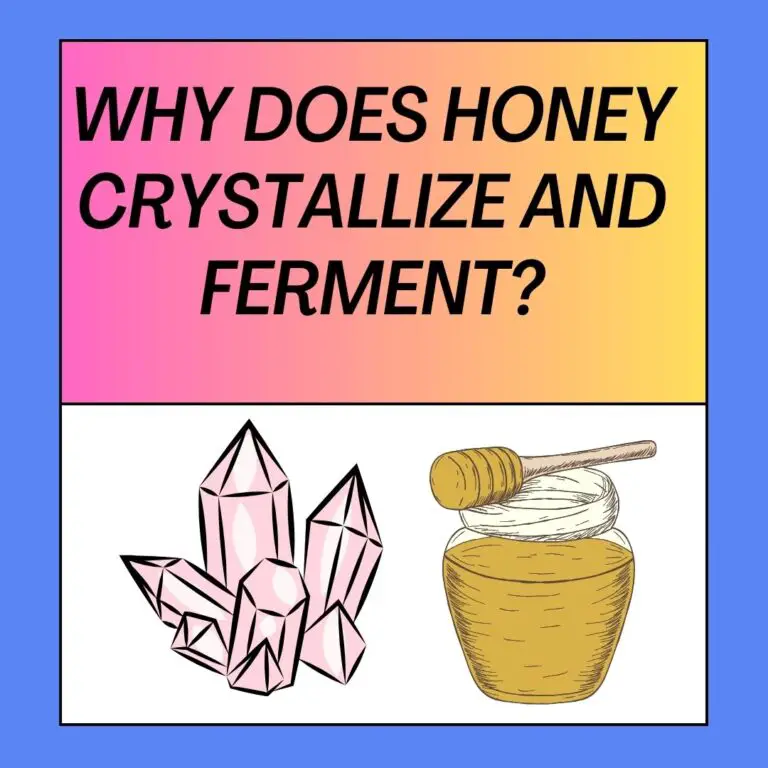
The Truth About Honey Bees Changing Syrup Into Honey
Honey, that sweet, golden liquid that we all know and love, is a remarkable product of nature. It’s not just a delicious sweetener; honey also possesses several health benefits and has been used by humans for centuries. But have you ever wondered how honey bees transform nectar or sugar syrup into this liquid gold? The process is a fascinating journey of collection, conversion, and preservation carried out by these tiny, industrious insects.
In this article, we’ll explore the truth about how honey bees change syrup into honey, step by step, and uncover the science behind this incredible transformation.
The Collectors: Foraging for Nectar
The first step in the honey-making process begins with the worker bees, who venture out of the hive in search of nectar. Nectar is a sugary liquid produced by flowers, and it serves as the primary source of carbohydrates for the colony. Bees have a remarkable ability to detect the presence of nectar-rich flowers through their keen sense of smell and sight.
When a foraging bee locates a suitable flower, it uses its long proboscis, or tongue, to suck up the nectar. The bee stores the nectar in a special honey stomach separate from its digestive stomach. This allows the bee to transport the nectar back to the hive without digesting it.
The Transformation Begins: Enzymatic Magic
Once the foraging bee returns to the hive, it passes the collected nectar to another worker bee through a process known as trophallaxis. Trophallaxis is the sharing of food among colony members, and it plays a crucial role in honey production.
The receiving bee, often younger than the forager, takes the nectar into its honey stomach. Here, a remarkable transformation begins. The bee adds enzymes such as invertase to the nectar. Invertase is an enzyme that breaks down the complex sugars in the nectar, primarily sucrose, into simpler sugars, glucose, and fructose. This enzymatic process is a key step in converting nectar into honey.
Evaporation and Concentration: Reducing Water Content
The next phase of honey production occurs within the hive. Worker bees deposit the enzyme-treated nectar into beeswax comb cells. These cells are hexagonal and created from beeswax produced by the bees themselves.
Once deposited in the comb, the bees fan their wings vigorously to create airflow over the nectar. This serves to evaporate excess moisture from the nectar, reducing its water content. Honey bees are precise in this process, as honey should ideally contain no more than 20% moisture content. When the moisture level falls below this threshold, the nectar has become honey.
Sealing the Deal: Capping the Cells
When the bees are satisfied with the moisture content and the enzymatic changes in the nectar, they seal the cell containing the honey with a wax cap. This wax cap protects the honey from further moisture absorption and contamination. It’s a bit like putting a lid on a jar to keep the contents fresh.
Aging to Perfection: Ripening Honey
Honey bees don’t consider honey ready for consumption immediately after capping the cells. Instead, they allow it to “ripen” within the comb. During this ripening process, the bees further dehydrate the honey by absorbing any excess moisture. Ripening also enhances the flavor and consistency of the honey.
Harvesting the Honey: The Beekeeper’s Role
The final step in the honey-making process involves the beekeeper. Beekeepers harvest honey by removing the wax caps from the honeycomb cells, typically using special tools. Once the caps are removed, the honey can be extracted from the comb through centrifugation or gravity draining. It’s then strained to remove any remaining impurities such as wax or bee parts.
The harvested honey is often stored in jars or containers, ready for human consumption.
Can Bees Make Honey From Sugar Water?
Yes, bees can make honey from sugar water, but it’s not the same as natural honey made from flower nectar. When bees collect nectar from flowers, they convert it into honey through a process of regurgitation and evaporation. During this process, they add enzymes to the nectar, reduce its water content, and store it in wax honeycombs, where it matures into honey over time.
However, when bees are provided with sugar water (a mixture of sugar and water) by beekeepers, they can still convert it into a substance that resembles honey. They will store this sugar syrup in honeycomb cells, cap it with wax when they deem it ready, and use it as a food source.
This sugar syrup-based “honey” is often referred to as “imitation honey” or “sugar syrup honey.” While it serves as a food source for the bees and can help beekeepers support their colonies during periods of nectar scarcity or winter, it lacks the unique flavors and properties of natural honey.
Beekeepers use sugar water primarily as a supplementary food source, especially when there’s a shortage of natural nectar. It’s essential to note that providing bees with sugar water should be a temporary measure and not a long-term substitute for natural forage, as it doesn’t offer the same nutritional benefits or complex flavors as genuine honey made from nectar.
Can Bees Make Honey From Jaggery?
Yes, bees can make honey from jaggery, but it’s important to clarify that the product they produce isn’t traditional honey as we know it. Jaggery is a traditional non-centrifugal cane sugar consumed in some countries like India. It’s made by boiling sugarcane juice or palm sap, which is then concentrated into a solid form.
When bees have access to a source of jaggery, they may collect and store it in their hives, similar to how they store nectar. However, the substance produced from jaggery will differ in taste and composition from honey made from flower nectar.
The process of converting jaggery into a substance that resembles honey involves bees regurgitating and storing the jaggery syrup in wax honeycomb cells. They may cap these cells with wax, allowing the syrup to mature over time.
This jaggery-based “honey” will have a distinct flavor and aroma influenced by the jaggery source, and it may be less complex in taste compared to traditional honey made from a variety of floral nectars. Beekeepers may encounter this phenomenon when their colonies have access to jaggery or similar sugary substances.
While bees can produce a substance resembling honey from jaggery, it’s essential to understand that this isn’t considered genuine honey, which is typically made from the nectar of flowers. Honey made from nectar has a more diverse and complex flavor profile and is prized for its unique qualities.
Conclusion
The transformation of nectar or sugar syrup into honey by honey bees is a remarkable feat of nature. It involves a series of intricate steps, including collecting nectar, enzymatic conversion, evaporation, capping, and ripening. Throughout this process, honey bees work together as a highly organized colony to create one of the world’s most cherished natural products.
Understanding how honey is made not only deepens our appreciation for this sweet treat but also highlights the incredible abilities and teamwork of these tiny insects. The next time you enjoy a spoonful of honey in your tea or drizzle it over your pancakes, you can savor it even more, knowing the fascinating journey it took from flower to hive to your table.
Related FAQ’s
Is Sugar Water Ok For Honey Bees?
Yes, sugar water, when used responsibly and as a supplement to their natural forage, can be an acceptable food source for honey bees, especially during times of nectar scarcity. Beekeepers commonly provide sugar water as a way to feed their colonies and support bee health.
Does Sugar Water Make Good Honey?
Sugar water itself doesn’t make good honey. Honey, as produced by honey bees, is a complex substance resulting from the enzymatic action on nectar, followed by the removal of water and subsequent ripening within the comb. Sugar water lacks the floral diversity and enzymatic complexity of nectar, so it doesn’t have the same flavor profile and nutritional benefits as real honey.
Can Bees Be Fed Sugar Water?
Yes, bees can be fed sugar water. Beekeepers use sugar water to supplement the natural nectar sources available to their colonies, especially in situations where nectar flow is low or absent. It provides honey bees with essential carbohydrates to sustain themselves and the hive.
Can Bees Make Honey From Sugar?
Honey bees can transform sugar syrup, such as sugar water, into a substance resembling honey, but it won’t be identical to honey produced from nectar. Sugar syrup lacks the diverse range of compounds and enzymes present in nectar, so the resulting product will differ in taste and nutritional content.
Can Honey Bees Turn Sugar Syrup Into Honey?
Yes, honey bees can transform sugar syrup, such as sugar water, into a substance resembling honey. They add enzymes, dehydrate the syrup, and store it in comb cells. However, this “honey” will not be the same as honey produced from nectar in terms of flavor and nutritional content.






